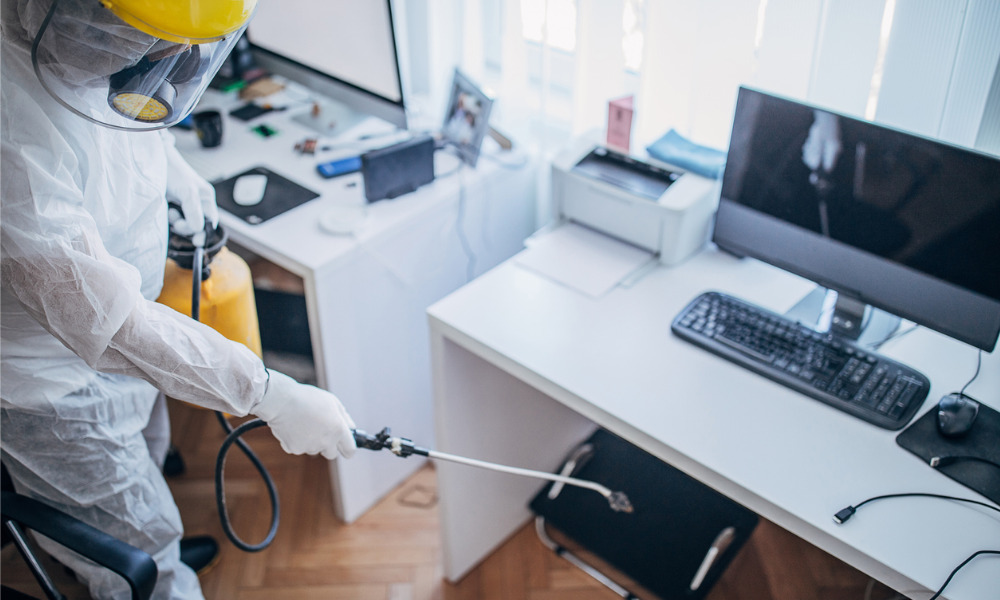
'Everyone wants a prescriptive list of what to do, but a one-size-fits-all approach doesn't work'

No one plans to have incidents causing illness, injury or death at work.
But it doesn’t mean your approach to health and safety should be unplanned either, according to Tony Morris, Deloitte Health, Safety, and Wellbeing lead partner.
The reality is that all employers in Australia are required to design and implement a COVID-19 safety recovery plan tailored for their workplace, that includes physical health and safety, as well as mental health and wellbeing.
“It is critical to give careful, consultative consideration to assess the risks to health and safety, to develop the right response and commit to implementing it,” said Morris.
READ MORE: Is your remote team suffering from app fatigue?
Employers need such a plan to be in place to coincide with the release of community public health controls.
Morris added although there is concern about a perceived complacency around physical distancing, his vote is with the majority to commence a return to work, as long as it is controlled and safe.
While acknowledging the potential risk for more infections and the possibility of more deaths from COVID-19 complications, Morris believes there is significant risk to society from not returning to work.
He added that the risk to our economy, our businesses and the mental health and wellbeing of our workforce and community is “very real”.
He references the dilemma Australia faces as summed up by Deloitte Access Economics leader, Dr Pradeep Philip: “The pandemic is not eliminated. It can rear its ugly head again…and that is because recovery will not be a linear move from health to economic health.
“It will be a policy dance of sorts, with the need to carefully balance economic cost with health risks.”
READ MORE: Facebook engineer fired for shaming colleague on Twitter
According to Morris, the reality is that most employers already have a workplace health and safety (WHS) management system in place.
“The difference with COVID-19 is that employers must now work with this additional COVID-19 risk ever-present, until it’s extinguished by vaccine or other means,” Morris added.
“Add to this the updates and changes coming from our health and safety authorities with different timing in each state and territory, and we have a challenge on our hands.
“The risk COVID-19 brings to our workplaces must be assessed in the context of operations, work environment, workforce and health and safety risk profile. Everyone would like to have a prescriptive list of what to do, but a one-size-fits-all approach doesn’t work.”
This is the reason that Australia has a principle/risk-based safety legislation that requires employers to tailor their safety systems based on the nuances of their work and workplaces.
Morris said the national WHS policy maker, Safe Work Australia, has designed 10 principles guiding employers on returning to work through COVID-19.
They have provided checklists and guides. However, these will not do the risk assessments for you, nor will they provide your COVID-19 safety recovery plan.”
To assist with identifying areas for continual improvement to the safety recovery plan and its implementation, Deloitte has a free online self-assessment tool available for everyone to access to support the firm’s six-point COVID-19 Safety Recovery Plan. This toll will assist to answer questions such as: